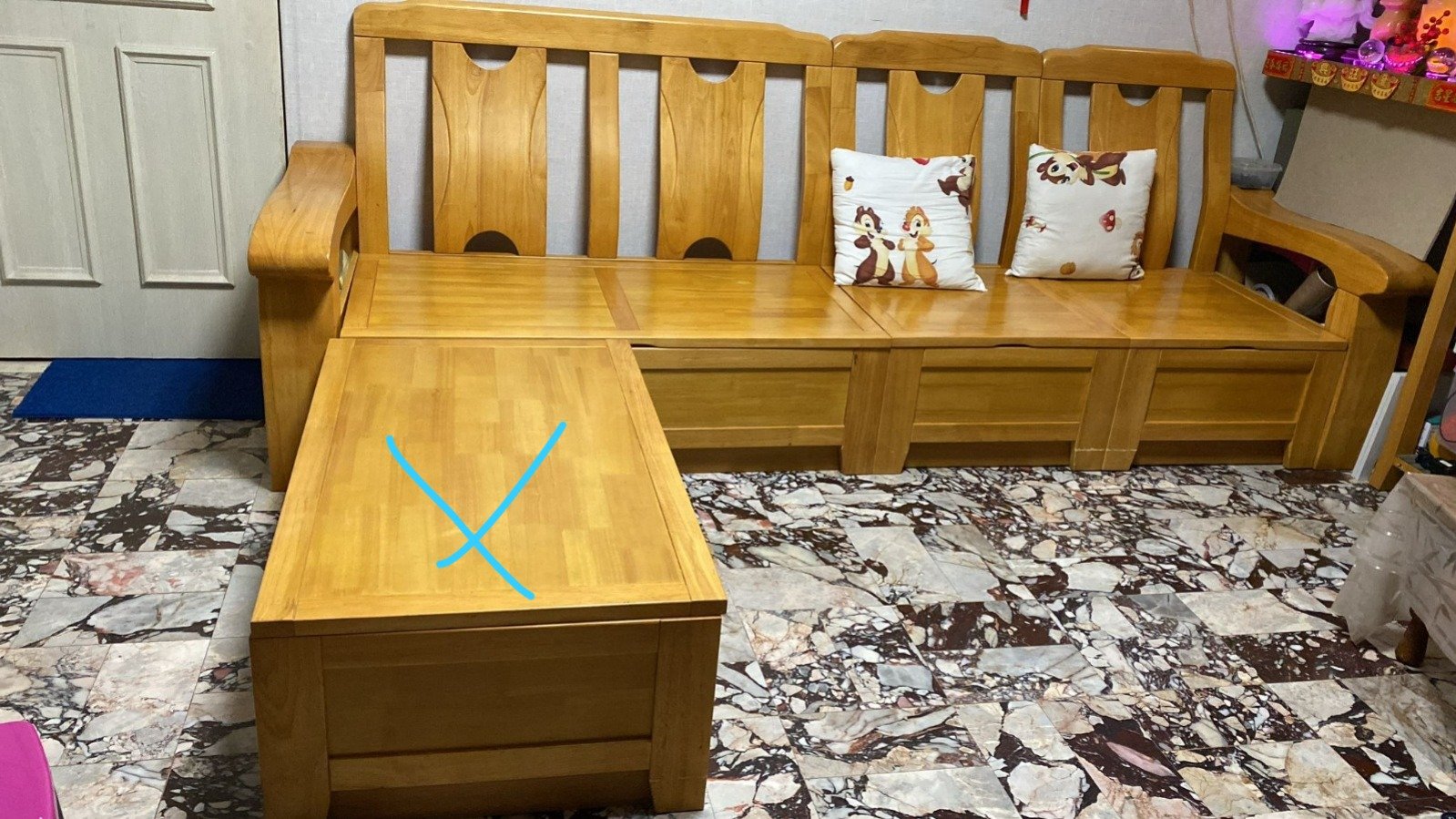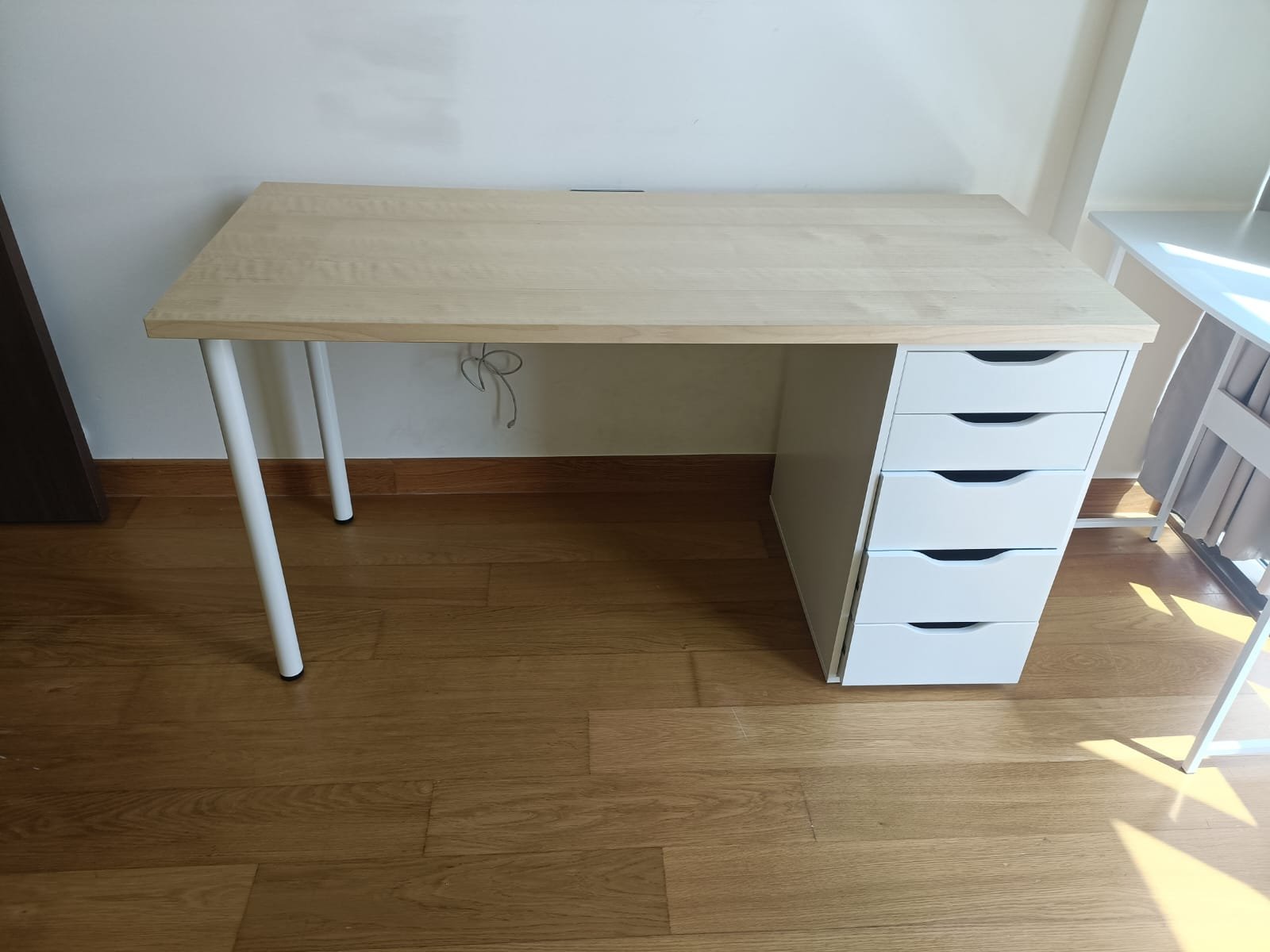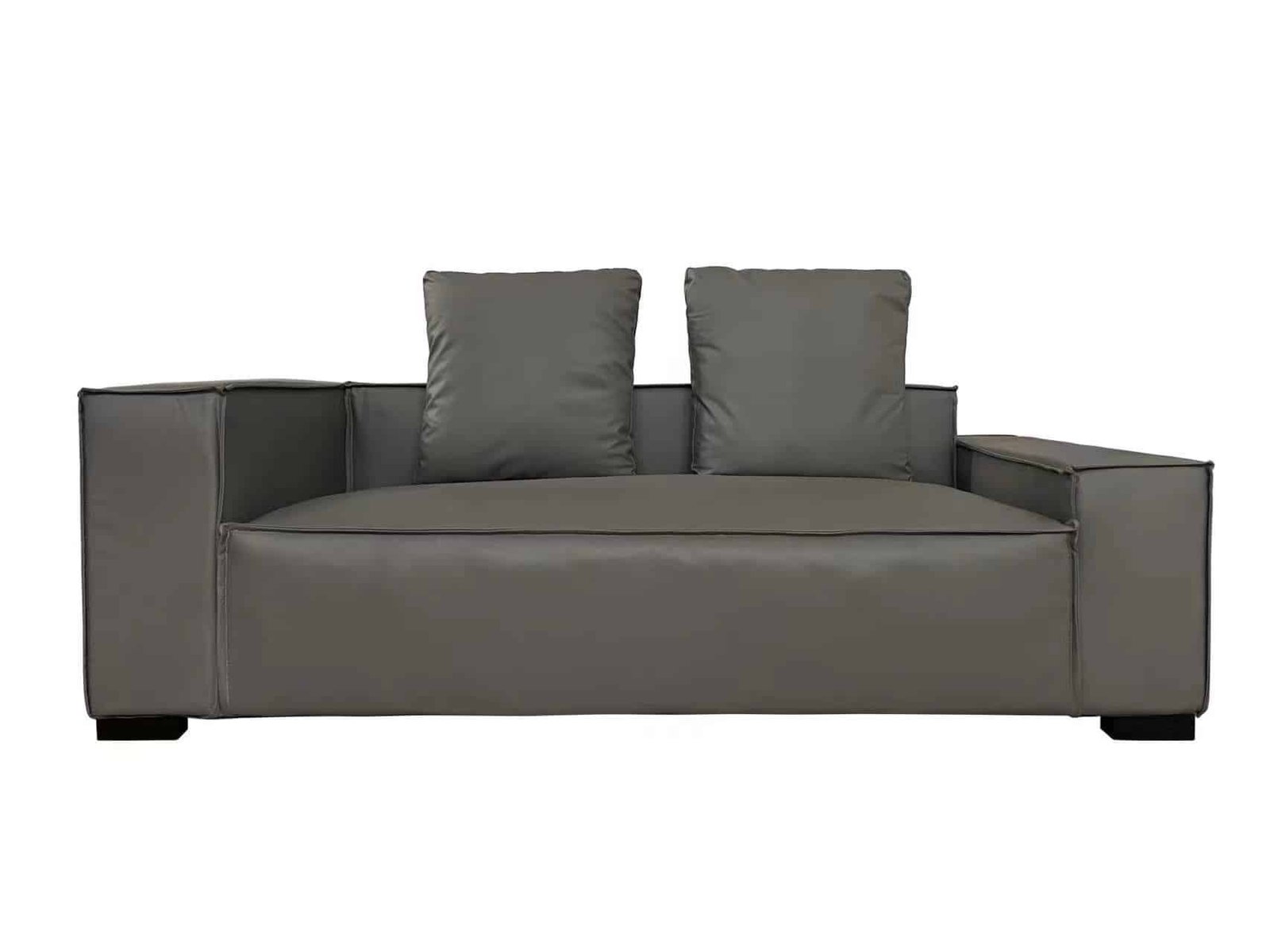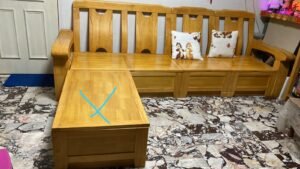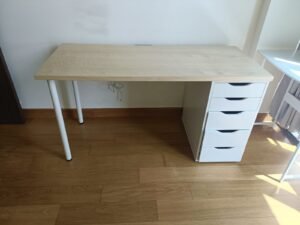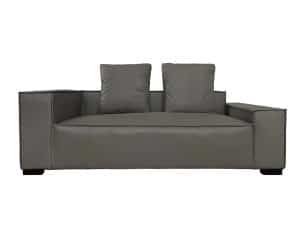A Sustainable Home: Why Eco-Friendly Furniture Matters
When we think about creating a home that reflects our values, eco-friendly materials for furniture are a top priority. Choosing sustainable options not only benefits the environment but also elevates our living spaces with unique, natural designs. By making eco-conscious choices, we’re helping build a healthier planet for future generations. If you’re also looking for more guidance on selecting quality pieces for your home, be sure to check out our post on how to spot quality second-hand furniture, which offers valuable tips for making informed choices when adding eco-friendly options to your space.
But how do we incorporate these materials into our homes? Let’s explore!
The Growing Trend of Sustainable Living
Eco-friendly living isn’t just a trend—it’s a movement. More people are opting for eco-friendly materials for furniture, and we can see why. These materials, from reclaimed wood to recycled metal, provide high-quality and stylish solutions without compromising the environment.
What Makes Materials Eco-Friendly?
- Recycled or Reclaimed: Materials that get a second life, like reclaimed wood, reduce waste significantly.
- Renewable Sources: Bamboo and cork are fast-growing, making them excellent sustainable options.
- Low Impact: Non-toxic finishes and natural dyes minimize harm to the planet.
Benefits of Eco-Friendly Materials for Furniture
1. Environmentally Responsible
By choosing eco-friendly furniture, we reduce our carbon footprint and prevent waste. This is a small step we can take to support global sustainability efforts.
2. Long-Lasting Durability
Quality sustainable furniture lasts longer than conventional options. For example, reclaimed wood furniture is known for its strength and timeless appeal.
3. Healthier Homes
Non-toxic finishes and natural materials mean fewer harmful chemicals in our homes. It’s a healthier choice for our families and pets.
Types of Eco-Friendly Furniture Materials
Let’s dive deeper into the materials that can transform our homes:
Bamboo: The Renewable Marvel
Bamboo grows incredibly fast, making it a highly renewable resource. It’s durable, lightweight, and perfect for modern furniture designs.
Reclaimed Wood: A Rustic Charm
Reclaimed wood furniture adds character to any room. Its natural imperfections and history make it a unique addition to our spaces.
Recycled Plastic: Innovative and Stylish
Recycled plastic is versatile and increasingly popular in furniture design. It’s a great way to turn waste into functional and fashionable pieces.
How to Style Eco-Friendly Furniture
Incorporating eco-friendly furniture doesn’t mean sacrificing style. We can blend sustainable pieces seamlessly into our existing decor:
- Rustic Spaces: Pair reclaimed wood furniture with soft, neutral tones.
- Modern Designs: Bamboo and recycled materials work perfectly in minimalistic homes.
- Outdoor Areas: Recycled plastic furniture is weather-resistant, making it ideal for patios and gardens.
Challenges in Transitioning to Sustainable Furniture
While eco-friendly furniture is beneficial, we understand there can be challenges. Limited availability and slightly higher costs may deter some. However, the investment is worth it. Not only does it elevate our homes, but it also supports ethical practices.
For those looking for reliable options, platforms like second chance furniture offer excellent eco-friendly solutions.

Closing Thoughts
Incorporating eco-friendly materials for furniture is a practical and impactful way to embrace sustainable living. It’s an opportunity for us to create beautiful, healthy homes while contributing to a greener future.
Explore premium eco-friendly furniture options at Second Chance Furniture and make your home a testament to sustainability and style.


